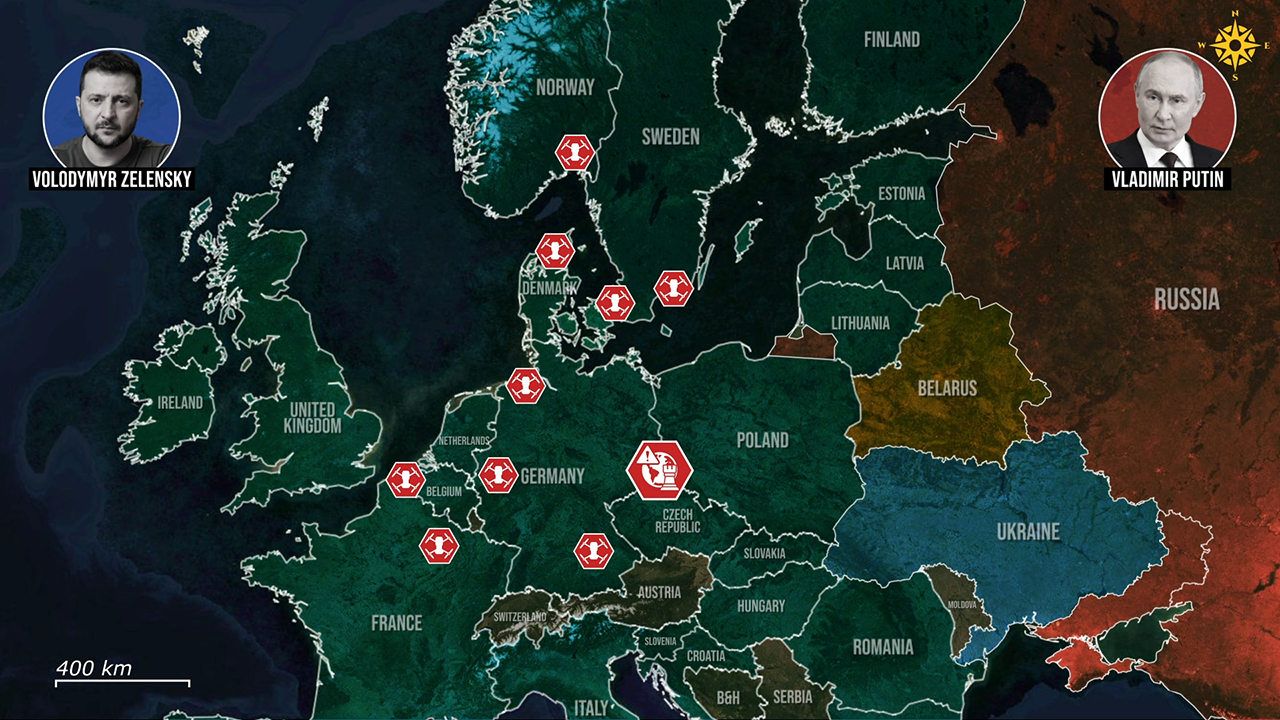Today, there is important news from Europe.
Here, Russian drones are no longer just a Ukrainian problem, as they are now crisscrossing European skies in what increasingly looks like a coordinated campaign of hybrid intimidation. European countries are on the alert now, actively looking to establish the details of the operation.
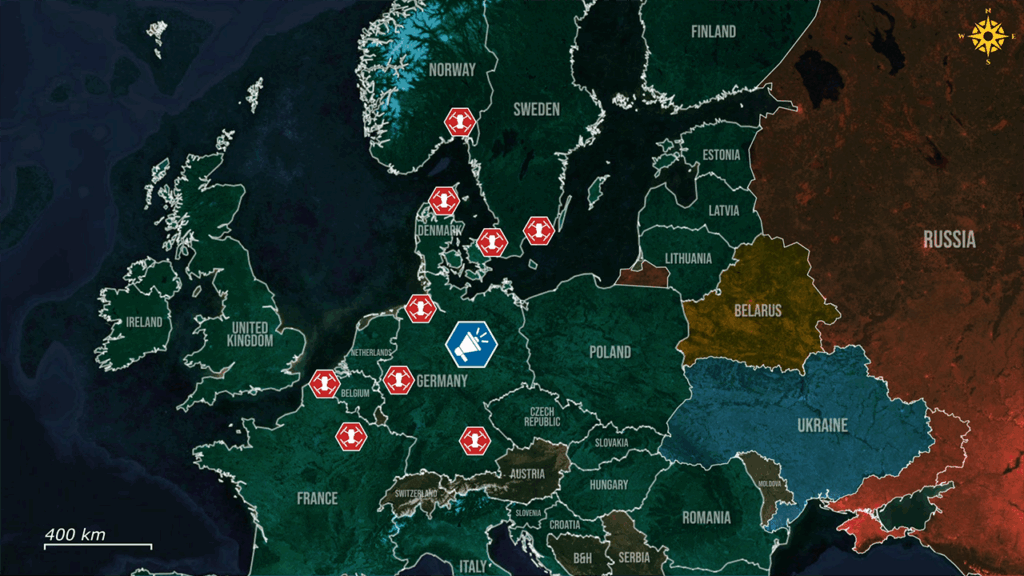
Drone sightings across the continent
In just weeks, drones have been spotted from Denmark to Germany, Belgium, and France, hovering above airports, power plants, refineries, and army bases.
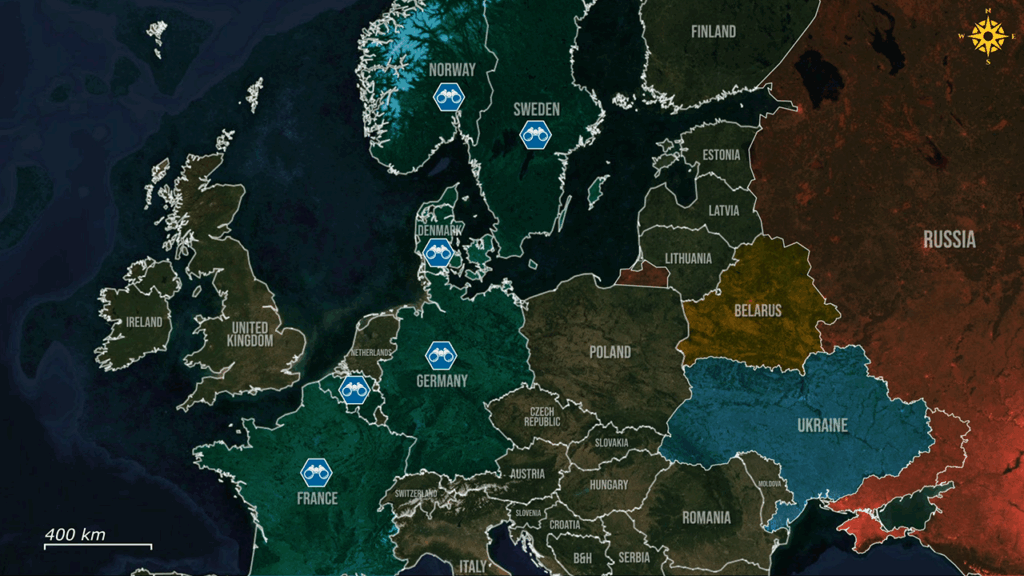
Danish authorities closed the airspace near Aalborg Airport after multiple sightings, while Germany’s Schleswig-Holstein reported drones flying perfect grid patterns over refineries, hospitals, and even an arms factory, clear reconnaissance behavior, not random hobby flights.
Further south, Germany’s Munich Airport had to suspend operations twice after drone incursions, stranding over 6,500 passengers.
France recorded a cluster of unidentified drones over the Mourmelon-le-Grand military camp, while Belgium’s Defense Ministry confirmed 15 drones above the Elsenborn base, where live-fire exercises were underway.
Drones also appeared across the border above Düren in Germany. Even airports in Copenhagen and Oslo were affected, along with North Sea oilfields and Danish and Swedish military sites. As Denmark’s defense minister said bluntly, this is what he would define as a hybrid attack.
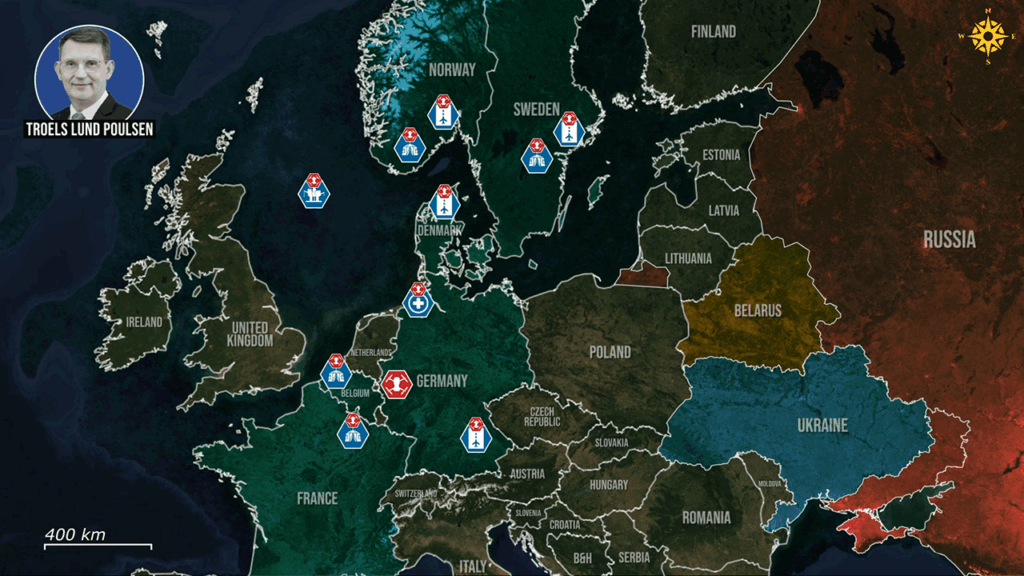
Tracing the origins
Investigations across Europe show how complex this operation may be, as authorities are tracing at least three possible methods behind the incursions.
As most of the drones are described as quadcopters and not long-range models, the possibility of being launched from Russia is dismissed.
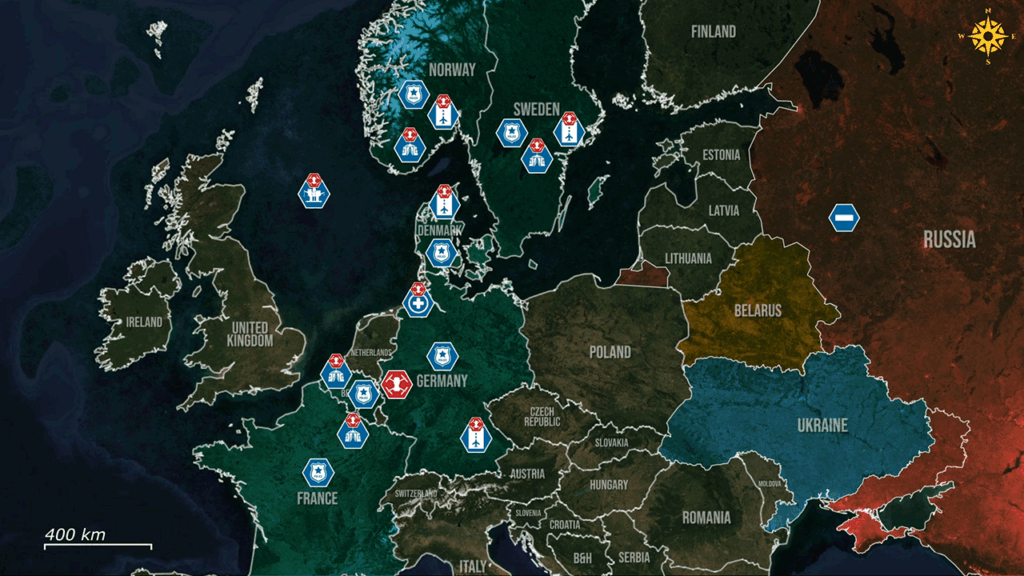
First, ships from Russia’s shadow fleet are suspected of launching or relaying drones near European waters.
One such vessel was boarded off France on suspicion it was involved in the drone accidents. The captain of the ship was charged by the authorities for refusing to follow instructions from the French navy.
Second, covert on-shore assembly with Russian intelligence operatives or sleeper agents setting up launch sites within EU states themselves. Recent arrests of suspected Russian spies in Germany and France, and tighter restrictions on Russian diplomats, suggest local staging cells are active.
And third, the murkiest layer, civilians bribed or coerced into participation. Criminal networks are believed to help assemble drones, provide components, or even launch them, often unaware of the broader purpose in service of the Russian Federation.
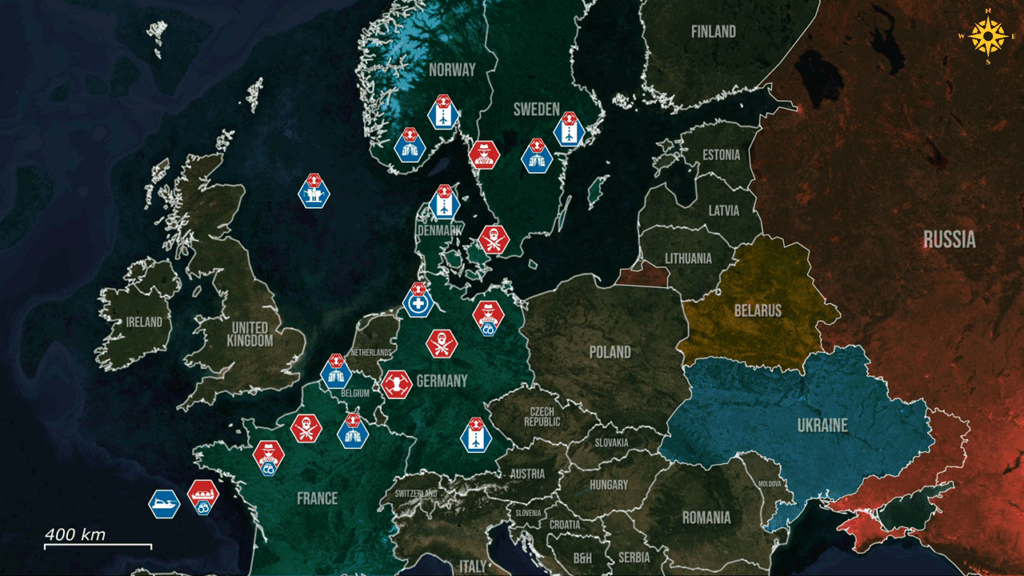
A new hybrid doctrine
Officials describe this as Russia’s new hybrid doctrine, a way to flood Europe with small, deniable provocations that sow confusion and erode trust in local security systems. Each case, taken alone, seems minor. Together, they form a map of Russian reach extending deep inside NATO territory.

Strategic motives and psychological warfare
Why Russia is doing this remains debated, and Vladimir Putin dismissed the incidents entirely, suggesting Europe attacks itself with imaginary drones. Yet few buy this explanation, and analysts see clear strategic motives behind the provocations.
One is psychological warfare, showing that no European airport, power station, or base is beyond Russian reach, and creates fear for Russian drone incursions.
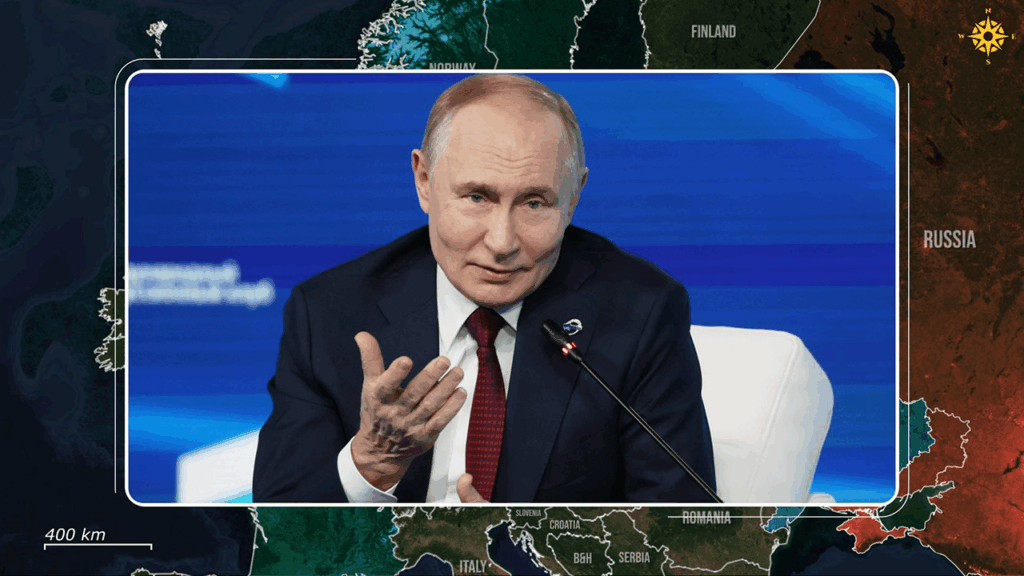
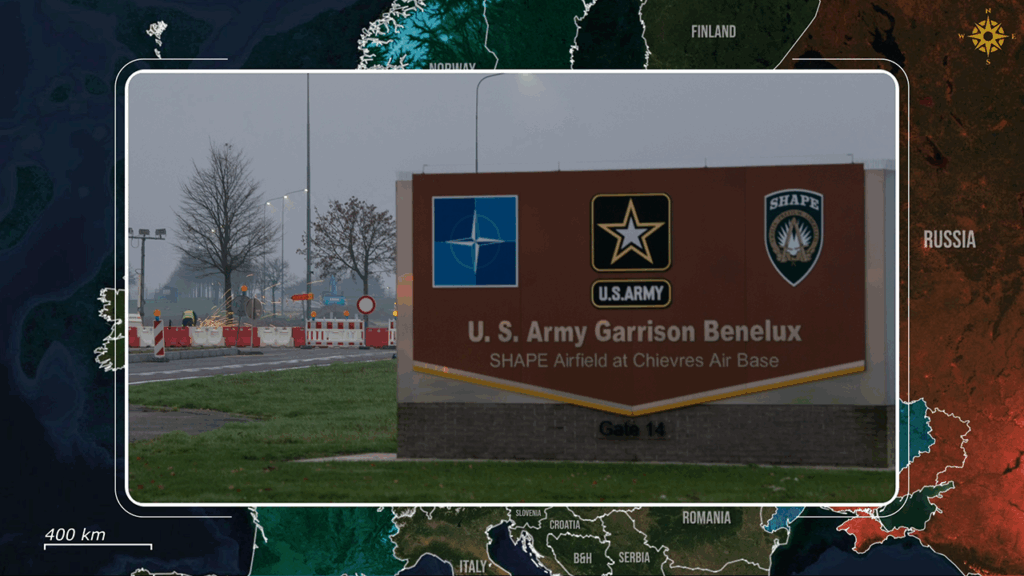
The end result would be that European military attention would become diverted from Ukraine, opting to focus and strengthen national defenses instead.
Another is military probing, testing Europe’s radar coverage, reaction times, and coordination thresholds. Flights over critical infrastructure and airbases allow Russia to gauge response latency without firing a shot.


In the long term, this helps it map vulnerabilities for potential sabotage. Germany’s interior minister called this a race between drone threats and defenses that Europe cannot afford to lose. Target selection also offers clues. The pattern of drone flights strongly overlaps with countries providing major military assistance to Ukraine.

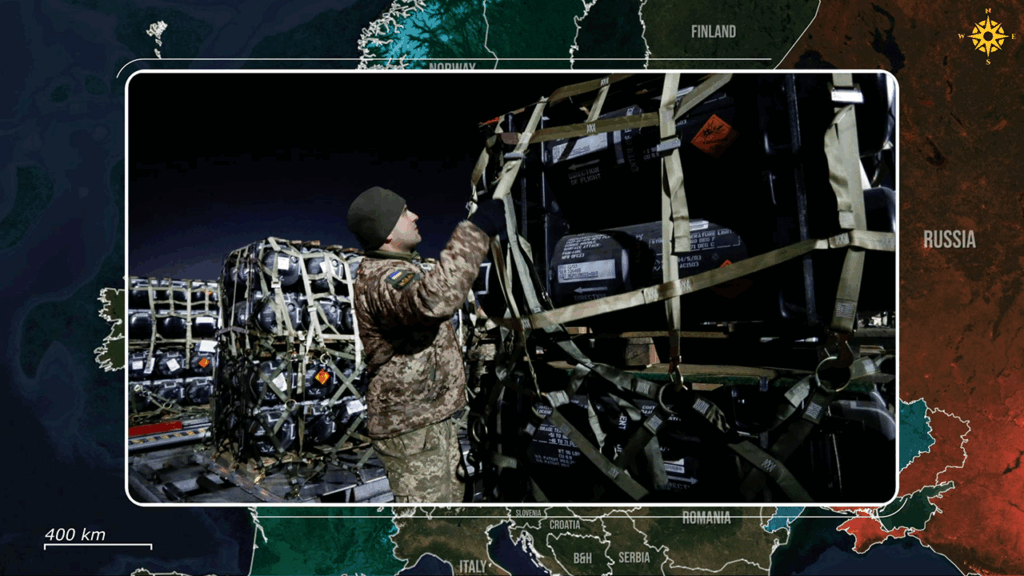
Europe faces a growing threat
Denmark, where Ukraine will soon produce components for its Flamingo missiles, has seen repeated incidents. Germany and Belgium, hosts of major logistics and training hubs, have been probed as well.
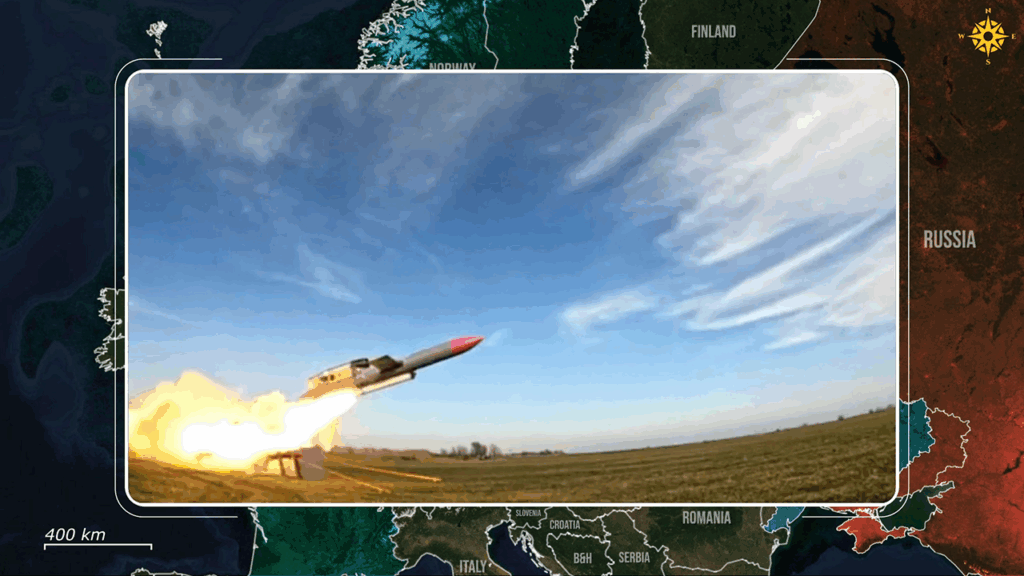
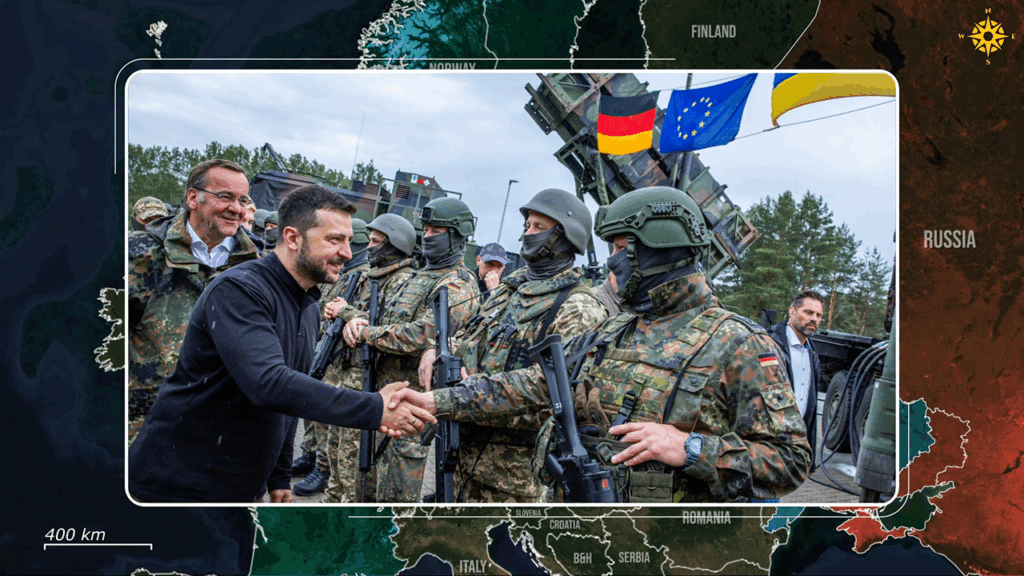
Overall, European nations, though wary of escalation, are no longer treating these incursions as isolated curiosities, as analysts state that by sending drones into NATO airspace under the veil of deniability, Putin signals that helping Ukraine comes with a cost.

These provocations tie into Russia’s wider hybrid strategy, combining disinformation, energy manipulation, and low-level sabotage to pressure the West into disengagement.
Ukrainian President Volodymyr Zelensky urged Europe to see these incidents as a coordinated Russian campaign against Ukraine’s allies and part of the same war, just waged in a different domain.
In our regular frontline report, we pair up with the military blogger Reporting from Ukraine to keep you informed about what is happening on the battlefield in the Russo-Ukrainian war.




